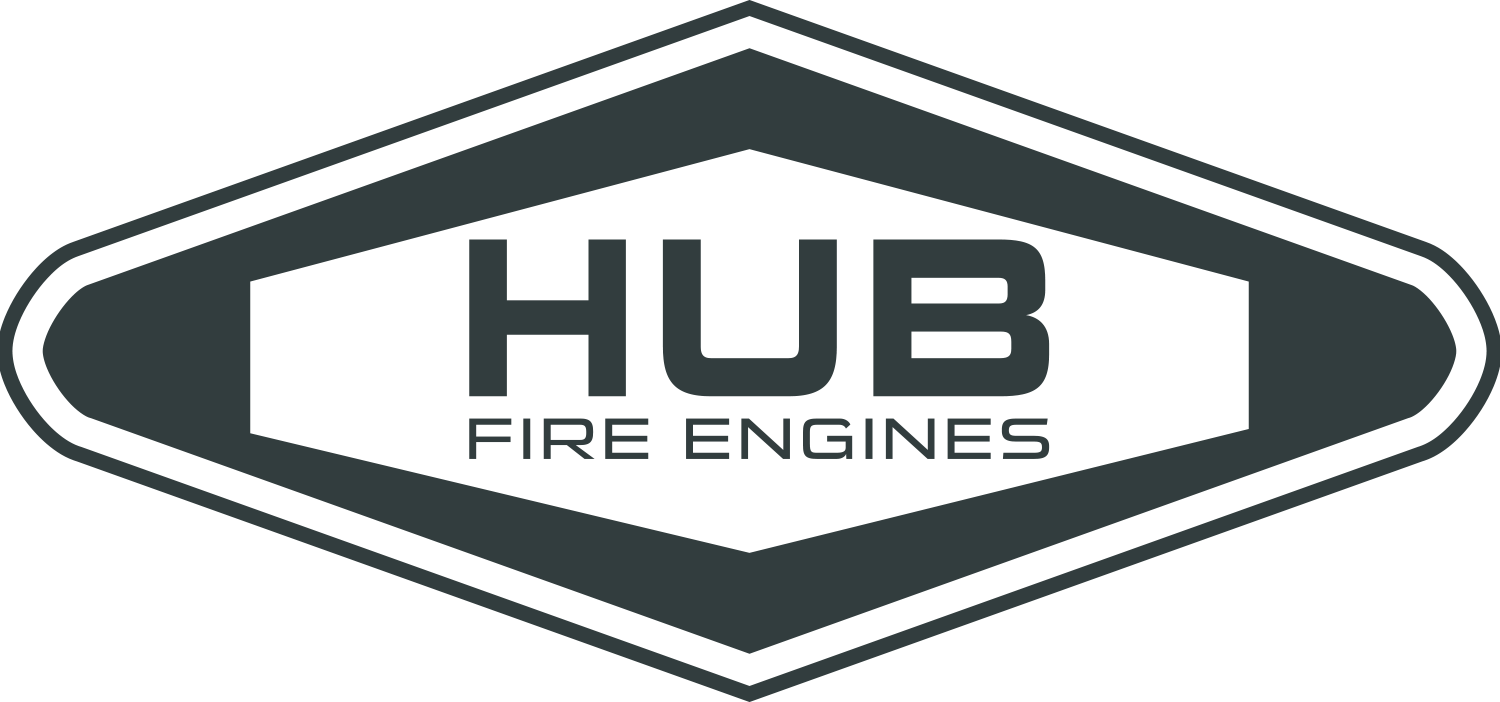Bowen Island. Steep terrain, uneven road surfaces and the need to carry 28,000 lbs of water safely.
Fire Chief: Brian Biddlecombe
The Back Story
Bowen Island is a small island about the size of Manhattan off the west coast of British Columbia. Known locally as “The Rock,” Bowen Island can be a paradise for its residents but with its extremely mountainous terrain and occasional high winds, the environment can present some tough challenges for those who – like the fire department – need to travel the roads quickly and safely. For the Bowen Island Fire Department, the rugged terrain presented an interesting opportunity for HUB to create the biggest and most powerful fire truck on the island.
The Challenge
An apparatus was needed to carry great volumes of water over gravel, through dirt and up steep roads. More importantly, the tanker would also have to be extremely stable to allow it to safety adjust for decreasing speeds going downhill. To ensure the needs of the Bowen Island Fire Department were met, the engine, transmission, axle and air suspension were critical components in this custom build.
HUB's Solution
We utilized the Cummins ISX 550 horsepower engine, one of the largest engines that we’ve used in a fire truck. The truck also included 1,850 ft.-lbs of torque, an Allison EVS (Emergency Vehicle Service) transmission, a 20,000 lb Meritor front axle, a Meritor 46,000 lb tandem rear axle, and a Hendrickson Firemaax® EX 48,000 lbs rear air suspension.
The Hendrickson Firemaax suspension was chosen for better side-to-side stability. The roads on Bowen Island aren’t particularly level, so we worked with the Freightliner dealers to find a suspension package that would help stabilize the truck, especially when transporting over 28,000 lbs of water.
In addition to the specs, the sheer size of the chassis, body and water tanks made this truck truly impressive. Because of its size, special alterations to the up-fit had to be made. To help keep the center of gravity as low as possible, the water tank was custom-built to come up and over the pump. This configuration decreased the height of the truck and helped increase stability.



